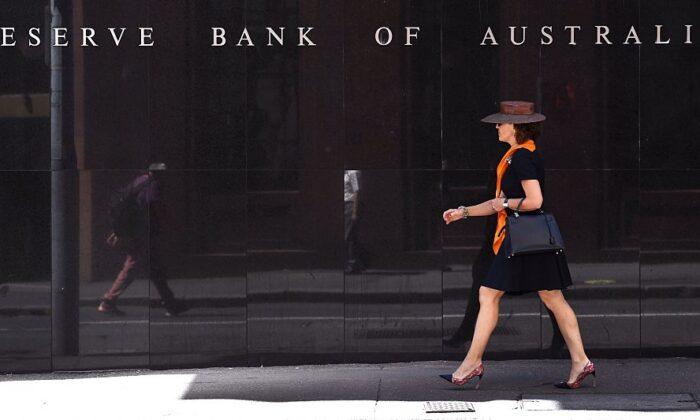The Reserve Bank of Australia (RBA) has said it would continue to “carefully” monitor trends in housing borrowing after announcing it will hold the cash rate at the current record low 0.1 percent.
Following the bank’s monthly meeting, RBA Governor Philip Lowe noted Australia’s economic recovery was much stronger than initially expected.
“Given the environment of rising housing prices and low interest rates, the Bank will be monitoring trends in housing borrowing carefully, and it is important that lending standards are maintained.”

The RBA and industry regulator, the Australian Prudential Regulation Authority (APRA), have both repeatedly stressed that they do not target housing prices.
APRA chairman Wayne Byres has said their responsibility was not to controlling house prices but to monitor and prevent a deterioration in lending standards.
Many economists do not believe current conditions will prompt the central bank or other authority to step in and intervene.
Aird said credit growth and overall lending standards at his bank were still sound, so the introduction of macroprudential regulation this year was looking to be unlikely.
“People are willing to pay a lot more for a home because interest rates have gone down to their lowest level ever—not a reason of itself for either the RBA or APRA to step in to cool the market,” he said.
HSBC chief economist Paul Bloxham said early intervention could risk the bank missing their inflation target.
“In short, the RBA needs housing prices to rise in order to achieve its inflation mandate.”

However, there are concerns that the unrestricted rise of housing prices will lock first-home buyers out of the housing market, but some experts say first-home buyers will be most affected if regulation, in the form of lending restrictions, get imposed.
“These tools are not costless. That’s why APRA is reluctant to use them unless they are worried about financial stability,” he said.
While the cost of borrowing is at record lows, it is gradually being offset by the rapidly rising house prices. First-home buyers are turning their eyes to more affordable houses in outer suburbs and regions.
Some experts, such as Judo Bank chief economist Warren Hogan and Real Estate Institute of Australia president Adrian Kelly said to curb the current market, it simply required more supply.
“The best intervention in the housing market is government efforts to rapidly expand the supply of housing, particularly regional housing,” Hogan said.





